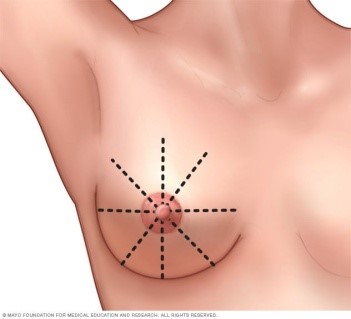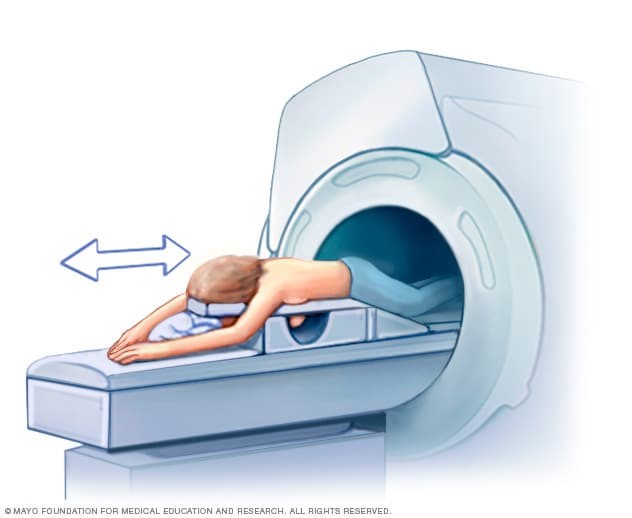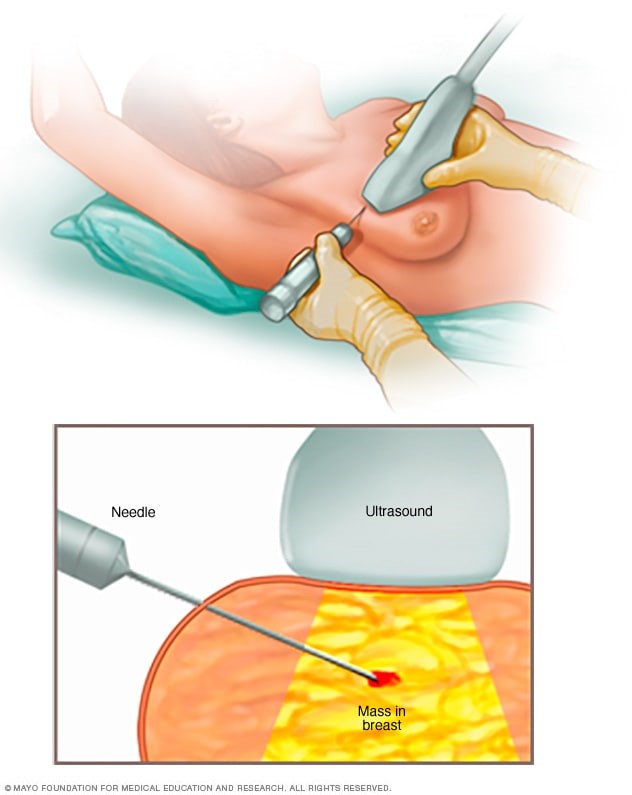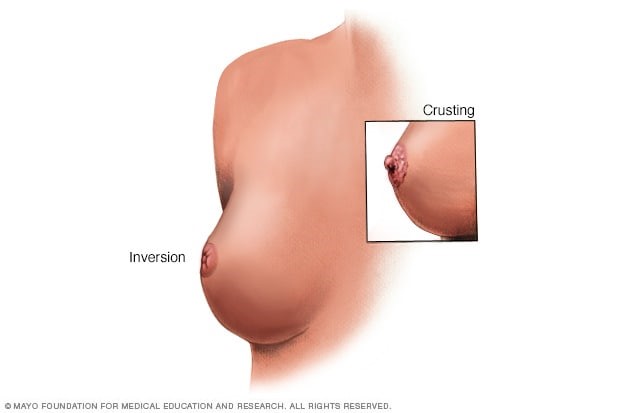



Breast cancer is cancer that forms in the cells of the breasts.
After skin cancer, breast cancer is the most common cancer diagnosed in women in the United States. Breast cancer can occur in both men and women, but it's far more common in women.
Substantial support for breast cancer awareness and research funding has helped create advances in the diagnosis and treatment of breast cancer. Breast cancer survival rates have increased, and the number of deaths associated with this disease is steadily declining, largely due to factors such as earlier detection, a new personalized approach to treatment, and a better understanding of the disease.
Types
A breast cancer risk factor is anything that makes it more likely you'll get breast cancer. But having one or even several breast cancer risk factors doesn't necessarily mean you'll develop breast cancer. Many women who develop breast cancer have no known risk factors other than simply being women.
Factors that are associated with an increased risk of breast cancer include:
Being female. Women are much more likely than men are to develop breast cancer.
Increasing age. Your risk of breast cancer increases as you age.
A personal history of breast conditions. If you've had a breast biopsy that found lobular carcinoma in situ (LCIS) or atypical hyperplasia of the breast, you have an increased risk of breast cancer.
A personal history of breast cancer. If you've had breast cancer in one breast, you have an increased risk of developing cancer in the other breast.
A family history of breast cancer. If your mother, sister or daughter was diagnosed with breast cancer, particularly at a young age, your risk of brea
Signs and symptoms of breast cancer may include:
A breast lump or thickening that feels different from the surrounding tissue
Change in the size, shape or appearance of a breast
Changes to the skin over the breast, such as dimpling
A newly inverted nipple
Peeling, scaling, crusting or flaking of the pigmented area of skin surrounding the nipple (areola) or breast skin
Redness or pitting of the skin over your breast, like the skin of an orange
Tests and procedures used to diagnose breast cancer include:
Breast exam. Your doctor will check both of your breasts and lymph nodes in your armpit, feeling for any lumps or other abnormalities.
Mammogram. A mammogram is an X-ray of the breast. Mammograms are commonly used to screen for breast cancer. If an abnormality is detected on a screening mammogram, your doctor may recommend a diagnostic mammogram to further evaluate that abnormality.
Breast ultrasound. Ultrasound uses sound waves to produce images of structures deep within the body. Ultrasound may be used to determine whether a new breast lump is a solid mass or a fluid-filled cyst.
Removing a sample of breast cells for testing (biopsy). A biopsy is the only definitive way to make a diagnosis of breast cancer. During a biopsy, your doctor uses a specialized needle device guided by X-ray or another imaging test to extract a core of tissue from the suspicious area. Often, a small metal marker is left at the site within your breast so the area can be easily identified on future imaging tests.
Your doctor determines your breast cancer treatment options based on your type of breast cancer, its stage and grade, size, and whether the cancer cells are sensitive to hormones. Your doctor also considers your overall health and your own preferences. Most women undergo surgery for breast cancer and many also receive additional treatment after surgery, such as chemotherapy, hormone therapy, or radiation. Chemotherapy might also be used before surgery in certain situations. There are many options for breast cancer treatment, and you may feel overwhelmed as you make complex decisions about your treatment. Consider seeking a second opinion from a breast specialist in a breast center or clinic. Talk to other women who have faced the same decision. Breast cancer surgery Operations used to treat breast cancer include: Removing the breast cancer (lumpectomy). During a lumpectomy, which may be referred to as breast-conserving surgery or wide local excision, the surgeon removes the tumor and a small margin of surrounding healthy tissue.
Treatment.
Years of Experience
0
Medical Spesialities
0
Medical Spesialities
0
Happy Patients
0